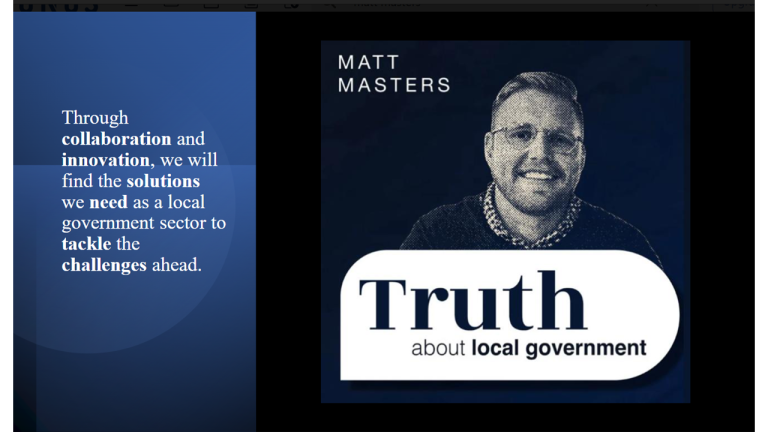Risk Management & Financial Forecasting
These are challenging times for the sector. In 2021-22, one in four UK universities reported an operating deficit, and these institutions face a choice of whether to use their unrestricted reserves to fund the shortfall, or to access alternative finance.

DR CHARMAINE LEECH
Senior Director RCG Consulting
There is varying access to finance across the sector to mitigate the liquidity risk. For many, future economic constraints and weaker financial performance could further limit the availability of affordable borrowing options.
When unrestricted reserves are required to fund shortfalls, there are no guarantees that reserves are held in assets with appropriate liquidity. If insufficient liquid assets are held in reserve, it may result in disposal of assets at suboptimal rates of return. If the overall quantity of assets is insufficient the university will become insolvent. Therefore, universities need to maintain sufficient quality and quantity of unrestricted reserves to provide confidence that they will continue to be financially viable despite unforeseen risks.
Universities need to manage their capital according to their exposure to shocks and their financial strength; considering when capital contingency actions should be taken, when austerity measures should be implemented and when a spend culture should be adopted to take advantage of opportunities.
The question is: “How do you manage the exposure to financial pressures of an institution to provide confidence of ongoing financially viability despite limited access to finance and

RAPHAEL BENHAMOU
Fractional CFO Benhamou Consulting
whilst in a time of considerable uncertainty?”
The implementation of the risk-based solvency regime can ensure the exposure to risk is managed within financial means.
This process includes:
- “Expanding” going concern assessment to cover unforeseen risks
- Creating an assurance map to scope “known and reasonably knowable risk events”
- Modelling the financial uncertainties through quantitative risk assessment
- Determining overall sufficiency of financial resources, on both a current and forward-looking basis
- Developing and implement a capital management policy
- Operating ongoing intelligent risk management
We will go into further detail, in a webinar in January hosted by BUFDG.
Modelling financial uncertainties can be done using Monte Carlo simulations. Monte Carlo simulations provide insights into financial outcomes under various risk scenarios.
Financial Management & Risk Management
The Financial Reporting Council has repeatedly emphasised the need for Annual Reports to have consistency, and for elements to link up well. For instance, in the 2022 publication “What makes a good annual report” it recommends “highlighting and explaining the linkages between… principal risks and uncertainties and … the business model and the financial performance, position and the future prospects of the company…”.
This isn’t just a box-ticking exercise. It is crucial for the continued solvency of your organisation that governors and finance leaders understand the extent to which the size and severity of the risks (financial and ‘non-financial’ alike) listed in your annual reporting have a genuine financial impact – and how that financial risk can be successfully mitigated.
We recommend that board members and finance directors should consider risk and reserves policies holistically, and reflect this in annual reports, resulting in greater linkage in reporting and better strategic management of resources.
To find out more, please click here to read the paper in full. We will go into further detail, (with practical examples from the Coventry University Team), in a future blog post and a webinar in January.


How do you provide robust assurance of ongoing sustainability of a local government?
Matt Masters interviewed Charmaine Leech, Senior Director, from Risk, Compliance and Governance Consulting Ltd to answer one important question.
"How do you provide robust assurance of ongoing sustainability of a local government against their budget?"
Emerging Risk Insights
Scroll down to view articles of how risks are emerging over time.
HIGHER EDUCATION
EMERGING RISKS
Higher Education Funding
Presentation of emerging education funding risks. This includes tuition price cap, international marketplace, UK marketplace and much more. Click on image for article.
Higher Education Conduct
Presentation of emerging education conduct risks for HE Sector. Covering access and participation, teaching quality, and much more. Click on image for article.
©Copyright. All rights reserved.
We need your consent to load the translations
We use a third-party service to translate the website content that may collect data about your activity. Please review the details in the privacy policy and accept the service to view the translations.






